#natural burial
Explore tagged Tumblr posts
Text
#good news#science#nature#environmentalism#environment#natural burial#green death#new england#usa#vermont
21 notes
·
View notes
Note
Re your tags about burial:
Caitlin Doughty from the Ask-a-mortician youtube channel has lots of resources about alternative burial methods that are perfectly legal but people don't know about, like natural burials and avoiding embalming. It's mostly US-based, but maybe it'll help.
I also know that in some countries, you can get exceptions from burial laws for religious reasons, like casket requirements.
I mean my current plan is to become a tree but excellent resources all around
16 notes
·
View notes
Text
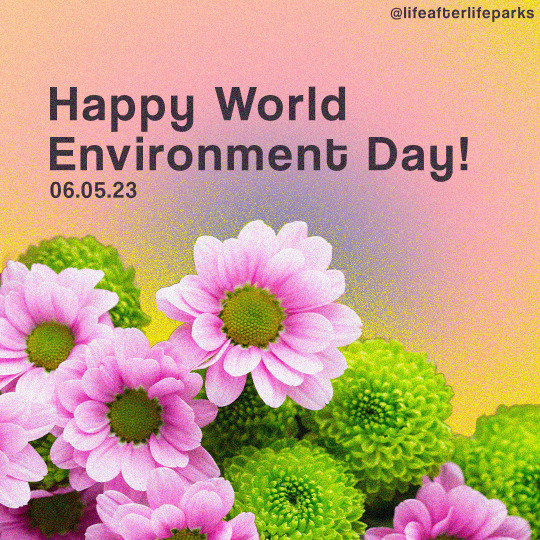


#life after life#world environment day#conservation#green burial#sustainability#symbiosis#biodiversity#transcend#one last good deed#natural burial#parks for life#we build parks#think long term#climate action#climate crisis#tree burial#living memorial
24 notes
·
View notes
Text
What is going on??
I saw the shocking headline of this article, but upon reading it, I'm pretty confused?

This is about a funeral home that does environmentally-friendly return to nature burials, meaning no embalming and decomposing in open, natural conditions. This is a completely safe and respectable practice that has had to fight hard to be allowed, since the US funeral business is deeply misguided at best. My gut reaction is "well shit, now it's going to bring even more unnecessary restrictions and negativity to the practice." But of course, if a funeral home of any kind is desecrating corpses, it's an issue that needs to be addressed.

Okay, that sounds bad, but...it sounds like they just weren't stored embalmed or frozen? Is this just the area the funeral home uses to let the bodies begin to decay? Or are they actively desecrating corpses?
I'm not sure what the rash is supposed to mean. One of the people at the scene got a rash and someone looked at it. Is this a biohazard situation? Is this dangerous? Or did someone just. Get a random rash?
And my favorite part,

Wait, YOU DON'T KNOW IF A CRIME HAS BEEN COMMITTED? They are saying how they'll have to do extensive DNA testing to identify all the bodies and it will take months. I don't know if that means the home didn't keep track of who was laid where, but after this big scary article, they don't even have a suggested crime that has been committed here? I'm not saying there couldn't be something nefarious going on, but right now it kinda sounds like the funeral home was doing their normal practice and people busted in to disrupt the graves?
I am not an expert in the laws around this by any means and cannot personally vouch for the funeral home but I'm confused as to what the actual problem is??? But don't worry, they are going ahead and declaring it a disaster and an emergency. wtf
5 notes
·
View notes
Text
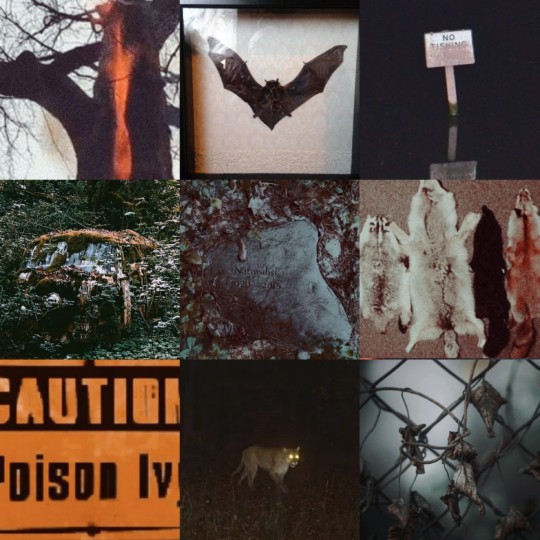
2nd dark naturalist attempt
#dark naturalism#wildlife#flora and fauna#hunting#gameland#nature aesthetic#animal preservation#dark theme#nature reclaims#mother nature#wire fence#eye shine#struck by lightning#overgrowth#natural burial#dead leaves#earth tones#neutral tones#nyctophilia#caution sign#lake aesthetic#advisory#abandonedcore#naturecore#tw death#tw hunting#tw fire#naturalist#1920-2015#rural gothic
6 notes
·
View notes
Text
#Space Burial#Funeral Business#Tsukuba#Ibaraki Prefecture#Space NTK Co.#Cremated Remains#Rocket#SpaceX#Teruaki Nagakura#Daughter's Dream#Memorial Service#Tomoko Kasai#Conventional Funerary Services#Stars#Night Sky#Natural Burial#japan#tokyo
2 notes
·
View notes
Text
Turtle Urn Paper Adult Size
Turtle urns are hand-crafted from sustainably produced and recycled biodegradable paper. When placed in water they will float briefly and sink to the bottom, where they break down naturally over time.
Approximately 202 lbs of the original weight.
Federal regulations must be followed when placing any of these urns at sea (no closer than 3 nautical miles from shore).
Free Shipping Available

#federalmemorial#greenburials#natural burial#biodegradable urns#cremation urns#turtle urns#paper urns
0 notes
Text
Yes, but having the comfort of something beyond might help others. And I love to keep both no matter how conflicting it is.
Mushrooms and rot as psychopomps. Flies and worms and vultures, heralds of the life after this one. Scavengers which bring our buried bodies back to the dirt it came from; the unification through the mycelium, through the digestive tracts of countless thousands of insects, through the decaying into the soil from which flowers and fruit will be grown. Death is a process of dissemination of your last piece of identity, transforming you into everything except that. The soil in your yard is made of other people and such. We exist walking upon our afterlife. Isn't that enough? Isn't that enough to believe in?
#I just think that this might be a reaction to Christian like afterlife think and otherworldly support isn’t always distressing#natural burial#question is that doesn’t your identity exist upon the memory of others and that’s an afterlife too
3K notes
·
View notes
Note
I don’t know where you live but it’s possible you might be able to find a natural burial cemetery! Either an ecologically minded one or a religious one. If I remember right you are Jewish? I think Jewish burial laws are similar to Islamic ones (again if I am remembering right) (please forgive me if not) and I know in my area (I live in the US) there are a couple of Islamic cemeteries that do traditional Islamic no embalming/no casket burials. So you might be able to find something! I wish you luck 💙 (PS I love your blog I’ve learned so much)
Oh yeah I"m already on the case for that. Think Adama even has started a tree-jewish cemetery thing
but, ya know, death is hard to talk about xD
glad you love the blog!
12 notes
·
View notes
Text
Shark Burials in Polynesian Cultures
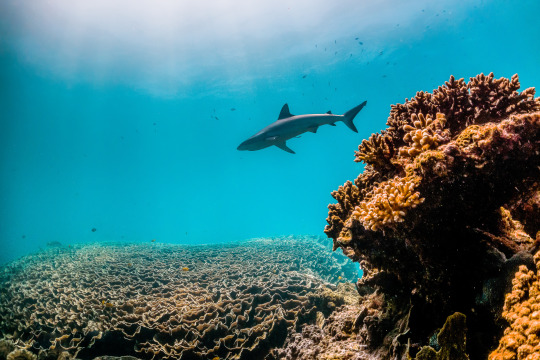
For centuries, Polynesian peoples practiced a unique form of water burial practice under a similar philosophy of returning one’s to nature. In their culture, the bodies of the deceased were set out in coral reefs off their shores to be consumed by sharks. This practice, known as shark burial (or ocean burial), was seen as a way of achieving a higher status in the afterlife and joining the family gods who were believed to take the form of sharks. While the practice is no longer widely observed in Polynesia today, it remains an important part of Polynesian cultural history and serves as a reminder of the importance of giving back to the earth.
The shark burial practice was primarily associated with the Hawaiian islands, where it was known as 'kapu kai,' or 'forbidden ocean'. The practice involved laying the deceased to rest in the ocean, typically in coral reefs or other areas where sharks were known to congregate. The belief was that by offering their bodies to the sharks, the deceased would be able to join the 'aumakua', or 'family gods', who were believed to take the form of sharks. The body of the deceased was often wrapped in mats or cloth and weighted down with stones to ensure that it would sink to the bottom of the ocean, where the sharks could find it. In some cultures, the deceased were buried in a fetal position, as a way of returning to the earth in the same way that they came into it.
The practice of shark burial served as a way for the Polynesian people to give back to the earth - a way of returning to the natural world that sustained them and of recognizing one’s place within the larger ecosystem. With the loss of sharks and their habitat due to human externalities and the influence of industrial western influence - Polynesians have largely had to abandon the practice.
As we face complex environmental challenges and the threat of climate change today, history can remind us of an often-lost relationship that we used to have with the earth’s biodiversity. Cultural practices are a powerful tool for normalizing conservation, sustainable living practices, and protection of the environment. That’s why Life After Life is working to make conservation easier – blending the remediation of scarred spaces with existing norms across cultures.
For centuries, Polynesian peoples practiced a unique form of water burial practice under a similar philosophy of returning one’s to nature. In their culture, the bodies of the deceased were set out in coral reefs off their shores to be consumed by sharks. This practice, known as shark burial (or ocean burial), was seen as a way of achieving a higher status in the afterlife and joining the family gods who were believed to take the form of sharks. While the practice is no longer widely observed in Polynesia today, it remains an important part of Polynesian cultural history and serves as a reminder of the importance of giving back to the earth.
The shark burial practice was primarily associated with the Hawaiian islands, where it was known as 'kapu kai,' or 'forbidden ocean'. The practice involved laying the deceased to rest in the ocean, typically in coral reefs or other areas where sharks were known to congregate. The belief was that by offering their bodies to the sharks, the deceased would be able to join the 'aumakua', or 'family gods', who were believed to take the form of sharks. The body of the deceased was often wrapped in mats or cloth and weighted down with stones to ensure that it would sink to the bottom of the ocean, where the sharks could find it. In some cultures, the deceased were buried in a fetal position, as a way of returning to the earth in the same way that they came into it.
The practice of shark burial served as a way for the Polynesian people to give back to the earth - a way of returning to the natural world that sustained them and of recognizing one’s place within the larger ecosystem. With the loss of sharks and their habitat due to human externalities and the influence of industrial western influence - Polynesians have largely had to abandon the practice.
As we face complex environmental challenges and the threat of climate change today, history can remind us of an often-lost relationship that we used to have with the earth’s biodiversity. Cultural practices are a powerful tool for normalizing conservation, sustainable living practices, and protection of the environment. That’s why Life After Life is working to make conservation easier – blending the remediation of scarred spaces with existing norms across cultures.
#life after life#conservation#shark burial#water burial#natural burial#green burial#tree burial#human composting#aquamation#cemetery#funeral#death positive#parks for life#we build parks#one last good deed#think long term#biodiversity#habitat#symbiosis#sustainability#sustainable living
11 notes
·
View notes
Text
Here's how some Chicagoans are taking an eco-friendly approach to funerals
Read the full story in the Chicago Sun-Times. As traditional burials increasingly fall out of favor — 60% of interments are now cremations — more people are considering green funerals than at any time in recent memory. Sixty percent of Americans are interested in exploring green funeral options, according to the National Funeral Directors Association’s 2023 consumer survey.
View On WordPress
0 notes
Note
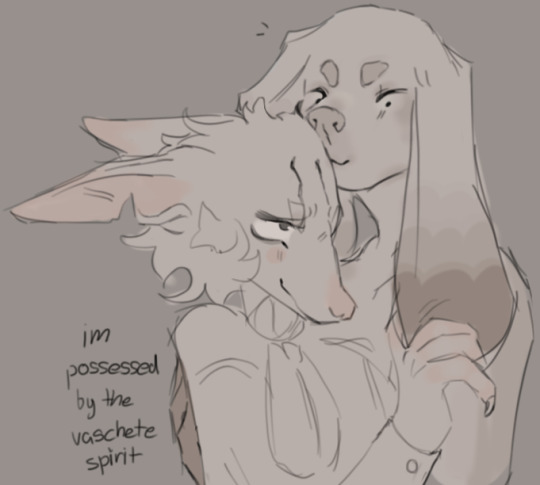
i've returned for 2 seconds to tell you that they're not leaving my head. (sort of unrelated but i've been thinking as well. what if vasco died before machete ? what would go down)
.
#ah this is so terribly cute#makes me feel all warm and fuzzy inside#“possessed by the vaschete spirit” you and me both#their expressions are so sweet#couple of dorks#and I like the dusty desaturated color scheme! with pink and darker brown accents#gift art#insect-shenanigans#own characters#Vasco#Machete#as for what would happen if Vasco died first#and I'm assuming of natural causes like illness or old age#I suppose Machete would try to sneakily sponsor his funeral#throw the fanciest burial possible#and maybe add some kind of anonymous half hidden obscure tragiromantic inscription on the grave#about wishing to see him again one day#and then either go on to do what Vasco did and commission art in his honor#or get a bad case of widowhood effect and go downhill quickly after his passing#oh yeah he might start to financially support Vasco's widow so that there was a little less pressure on her to get remarried#as you may remember she's a lesbian and one lavender marriage was probably enough for her#I can see that being a thing in certain circumstances
558 notes
·
View notes
Text
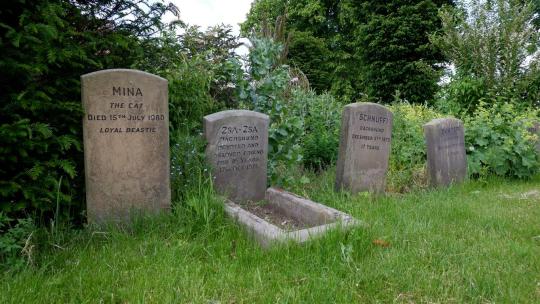
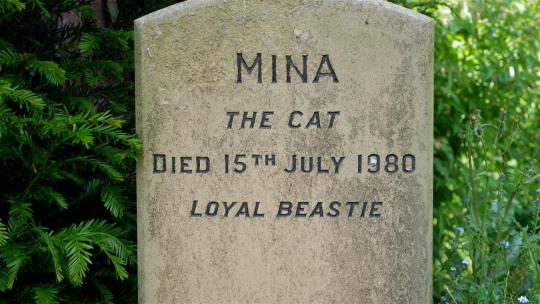
Pet Cemetery.
#Cemetery#Cemeteries#Gravestone#Graveyard#Tombstones#Nature#Naturecore#Pets#Goblincore#Witchy#Witchcore#Witchblr#Dark Taphophilia#Graves#Burial#Goth Aesthetic#Dark Aesthetic#Beastie#Gardens#Green
1K notes
·
View notes
Text

#Highgate Cemetery#london#2013#cemetery#cemeteries#taphophile#taphopilia#tombstone tourist#burial ground#regrowth#nature reclaiming#green#plants#druidcore#fairycore
108 notes
·
View notes
Text

Kit's Coty House (megalithic burial chamber), Blue Bell Hill, Kent, England, June 2024.
#photography#nature photography#nature#trees#landscape#fields#meadow#grasses#flowers#wildflowers#daisies#ruins#megalith#neolithic#burial mound#rocks#sky#clouds#kent#england#blue bell hill#kit's coty#north downs way#lensblr#photographers on tumblr#original photography
80 notes
·
View notes
Text

This. Man.
That he was jealous of the cool chimera was understandable. But he really went on an entire quest to save his sister who was devoured by a monster and then thought "you know what. god I wish that was me"

Bonus: Kabru, who has seen people being eaten by monsters, looking like a new nightmare was just added to his collection
#dungeon meshi spoilers#ah yes. the natural order actually#he just wants to be close to monsters but it's interesting how his selfishness circles back to his people#no wonder this fun comic is good angst material. look at kabru going through it to the point his boss is consoling him#dungeon meshi#decide your burial rites to your heart's content my man. that someone's gonna have to grind you to dust is besides the point#dm thoughts
52 notes
·
View notes